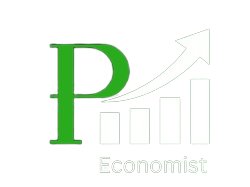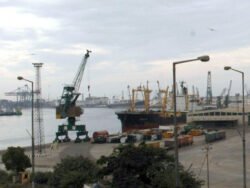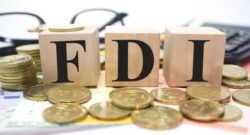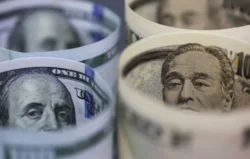Uncertainty ahead

28 December 2023
Published in: DAWN
The year 2024 is when a new window of opportunity will open to reckon with all the ailments that brought us to this pass. But for that to happen, an elected government needs to enter, on time, and without the allegations of rigging that are already mounting with each passing day.
No economic recovery is possible without a credible government in place. This is easy enough to see and those who think that the present moment of stability represents an economic recovery need to understand their mistake.
The economy came near default in the year 2023. But it rapidly pulled back from the brink in July once the Stand-by Arrangement with the IMF began. The massive price adjustments undertaken under that programme saw the price of electricity skyrocket, nearly doubling for some category of consumers, followed by the price of gas.
The price of the dollar was stabilised, but only after shutting down important segments of the so-called ‘open market’, especially those markets serving cross-border trade requirements.
These steps allowed the economy to pull back from default. They put the economy into a holding pattern, designed only to arrest the deterioration in the fundamentals. They were not the remedy. They were what you do before you apply the remedy.
No economic recovery is possible without a credible government in place.
Take the power tariffs as an example. Successive governments have failed to arrest the growth of the circular debt in the power sector, which first began to appear on the books of power producers in 2006 and has since grown to near astronomical levels. Count up the number of governments that have come and gone since 2006, and ask why is it that each one failed to arrest the growth of the circular debt. What was required?
Power tariffs have been hiked massively since then, and along the way we have seen hikes of very large magnitude that were like a jolt. For a brief moment, the recoveries from these hikes slow down the rate of accumulation of the receivables in the power sector. But then they start all over again.
Unless the underlying problem is identified, and fixed, the rate hikes of July and August will be lost. For a brief moment they have succeeded in slowing down the rate of accumulation of the circular debt. But if real remedial steps are not taken, the onward march of these receivables will resume, and not too far down the road, another rate hike will need to be applied.
The same logic applies to gas, exchange rate and other administered prices. The price of gas is going to keep rising in Pakistan. There is nothing to be done about this. It is alright to find innovative ways to distribute the burden of the coming gas price hikes. But it is not possible to arrest them altogether.
The reason is simple. For most of its existence, Pakistan became accustomed to cheap domestic gas that was available in abundant supply. By the early 2010s, when domestic gas fields went into decline, they accounted for almost half of the country’s primary energy needs. But then the declines accelerated as fields went dry, and requirements kept rising especially in the domestic sector.
In 2015, Pakistan began importing gas for the first time, a step that was supposed to have been taken in 2006 or so. Today, imported gas accounts for one quarter of all gas consumed in the country, and gas now accounts for less than one third of the country’s primary energy requirements.
In the years to come, these percentages are going to keep changing. The country needs to shift away from gas towards cheaper, cleaner, and renewable fuels. The share of imported gas will continue rising as domestic fields continue to deplete, and with the rising share of imported LNG will come market-based pricing pressures. This is inevitable. Nothing can stop the process other than some miraculous new discovery, and that is not about to happen.
The same thing applies to the exchange rate. Pakistan’s currency has been eroding in value faster than that of any other regional peer. Since 2017, this trend has accelerated massively. The rupee was 85 to a dollar in 2008. At the end of 2017, it stood at 110. The bulk of the erosion came after that year.
What brought that about? Successive governments from that year on resorted to large-scale printing of rupees. First, they printed rupees to pay for government bills. Then, they printed rupees to juice growth in the economy. The runaway printing was on such a massive scale that it led to a blowout on the exchange rate.
So any incoming government in 2024 will have to reckon with enduring economic problems such as these. It will need to identify the root cause of the accumulation of the circular debt, then commit to the relevant reform path to address this problem.
It will need to build consensus around future gas prices and convince the business elites that subsidising gas is no longer an option. It will need to fix the fiscal architecture so printing of rupees is not the recourse to bridge fiscal gaps.
Without these steps, we will be in a doom loop of perpetual hikes in energy — power and gas — and an endless spiral of devaluation with no end in sight. And only a government with a complete mandate can even think about embarking on the far-reaching course of reform that will be required.
This is what awaits us in the year 2024. This is the situation in which the country will have to find for itself the leadership that can achieve this feat. It is not rocket science, but should not be underestimated either. Happy new year to all my readers!





